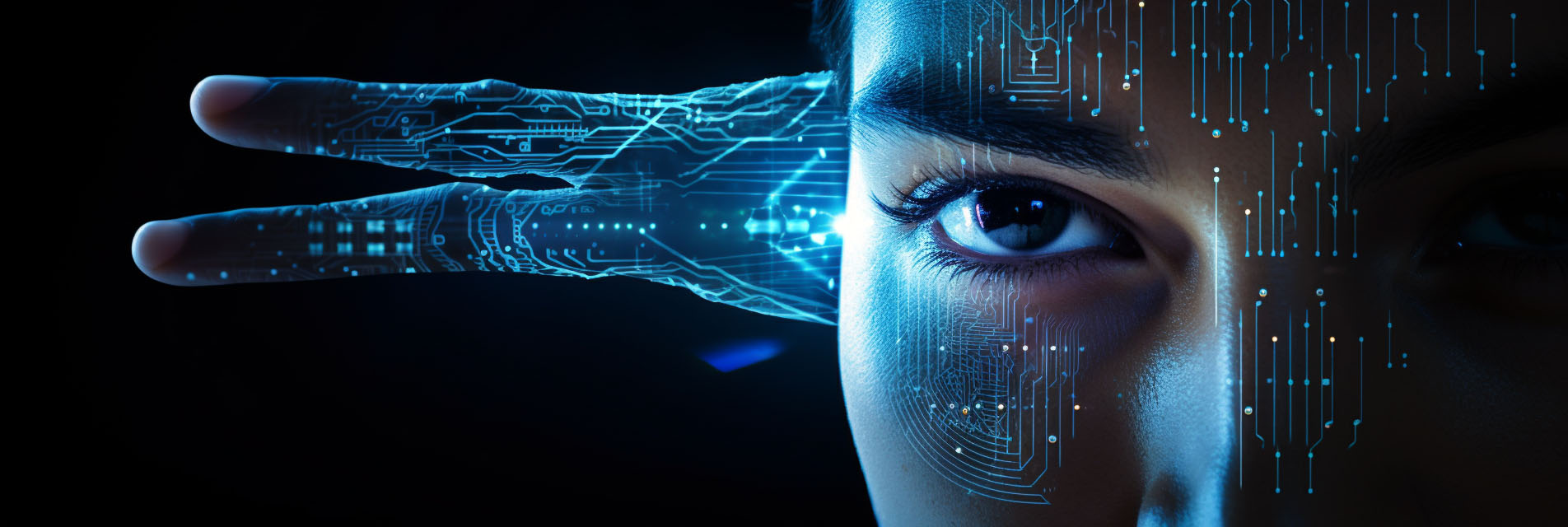Biometric recognition

September 18, 2023 - Michigan State University researchers have received a $12 million grant for a drone biometric recognition system. The project, called FarSight, aims to develop software systems capable of detecting individuals at severe imaging conditions, extracting biometric signatures from the whole-body, and fusing biometric information for robust multi-modal matching. The system utilizes drone technology to recognize individuals at a distance, combining face, body shape, and gait biometrics for accurate identification. The team plans to improve the system's range and accuracy and explore the relative strengths of different biometric measurements.
Biometric recognition refers to the automated identification or verification of individuals based on their unique physiological or behavioral characteristics. Unlike traditional methods of identification such as passwords or ID cards, biometric recognition relies on inherent traits that are difficult to replicate or forge. This technology is increasingly being used for a wide range of applications, from securing smartphones to border control and workplace access.
Common types of biometric recognition include:
- Fingerprint Recognition: One of the most widely used biometric methods, it involves scanning and matching the unique patterns of an individual's fingerprints.
- Facial Recognition: This technology uses algorithms to analyze facial features, such as the distance between eyes or the shape of the nose, to identify or verify a person.
- Iris and Retinal Scanning: These methods involve scanning the unique patterns in a person's iris or retina for identification. They are often considered more secure but are also more intrusive.
- Voice Recognition: This method analyzes the unique characteristics of a person's voice, such as pitch and tone, to verify their identity.
- Hand Geometry: Measures and analyzes the shape of the hand and the lengths of fingers.
- Palm Vein Recognition: Uses infrared light to scan the unique vein patterns in a person's palm.
- Behavioral Biometrics: This includes keystroke dynamics, gait analysis, and other behavioral traits that are unique to individuals.
Biometric recognition offers several advantages, such as increased security and convenience. However, it also raises concerns about privacy and data security. The storage and management of biometric data require stringent security measures to prevent unauthorized access or misuse. Additionally, there are ethical considerations around consent and the potential for surveillance abuse.
Despite these challenges, biometric recognition is becoming increasingly prevalent due to its effectiveness and ease of use, and it is likely to continue to evolve with advancements in technology.